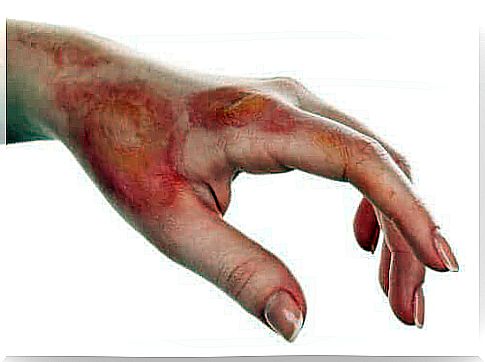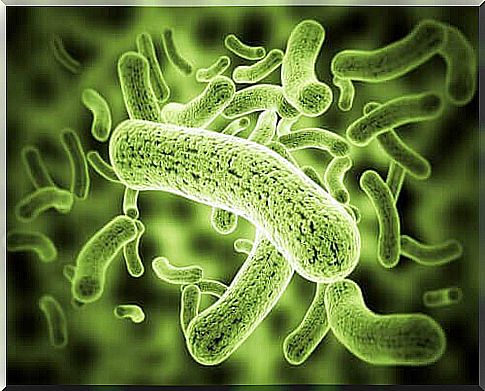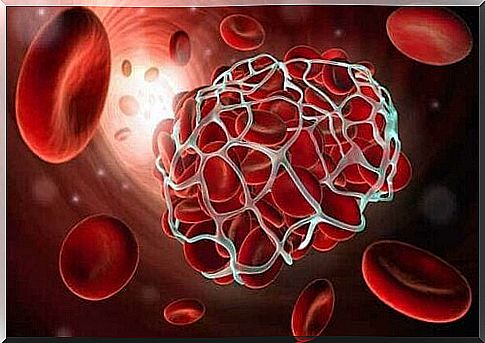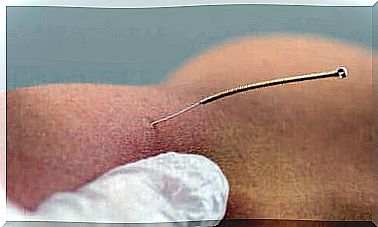All About Diagnosis Of Skin Necrosis

Diagnosis of skin necrosis is complex because it is not specific to a particular disease. Many different reasons can lead to it. To establish the diagnosis, therefore, health professionals must examine the patient’s symptoms carefully.
Healthcare professionals should also consider the patient’s medical history as well as any associated diseases and other symptoms along with the results from the laboratory. The analysis of all these aspects is what enables them to reach a specific diagnosis.
The truth is that skin necrosis is a very serious disease. As it arises and develops, it becomes irreversible. It is therefore essential to act quickly to establish its cause and choose the appropriate treatment.
What is skin necrosis?

Skin necrosis is when a group of cells or tissues die due to pathological causes. The process begins due to a harmful substance that causes a serious injury that is impossible to treat.
It is common for skin necrosis to manifest as discoloration of the skin (purple, blue or black skin). There is loss of sensation in the area, which sometimes precedes an intense pain. The patient may also suffer from a foul-smelling secretion.
Typically , a scab covers the skin necrosis. A pressure ulcer consists of the accumulation of black tissue with defined boundaries. It is also uneven and sticks completely to the lesion.
This process can lead to tissue death in a large area of the skin due to lack of blood flow. If a bacterial infection and decay accompanies this process, then we are talking about gangrene.
Primary causes

Many different causes can lead to skin necrosis and that is why it is difficult to diagnose. However, three factors usually play a role. They are:
- Exogenous substances. External factors that result in necrosis. These can be, for example, chemical factors, bedsores, medicines, burns and frostbite.
- Infections. Certain infections lead to skin necrosis. Some of them are gas gangrene, mumps, acute meningococcemia and necrotizing fasciitis.
- Vascular occlusion. It is the most common cause. This may be due to several sources such as cryoglobulinemia, vasculitis, thrombotic phenomena and other changes in hemostasis.
Many other causes can lead to skin necrosis. Often, various factors also interact and result in this disorder.
Processes that manifest themselves with necrosis due to an infection
All factors that lead to skin necrosis are disorders that occur simultaneously. In case of skin necrosis due to infection, the associated processes are usually:
- Sheep’s cups. A bacterial infection that causes sores and scabies.
- Necrotizing fasciitis. This disorder causes rapid necrosis of subcutaneous fat and fascia, producing an aqueous and foul-smelling fluid.
- Gas gangrene. An infection in muscles that spreads quickly and can lead to death.
- Acute meningococcal disease. It causes acute rash with petechiae, which may be followed by bruising and ischemic necrosis. Sometimes it causes bleeding osteoporotic skin lesions.
Processes that produce skin necrosis due to vascular occlusion
In case of skin necrosis due to vascular occlusion, these accompanying processes often occur:
- Antiphospholipid syndrome. It is an immune disease in which the body mistakenly attacks protein in the blood.
- Cryoglobulinemia. It is a rare disease that is often associated with hepatitis C. It causes the affected patient’s proteins in the blood to thicken at low temperatures.
- Cholesterol embolism syndrome. It is a rare disease that occurs primarily in men over 60 with generalized atherosclerosis. It is characterized by the release of cholesterol crystals.
- Calcifylaksi. It is a rare and potentially fatal syndrome. It causes calcification of blood vessels and is characterized by progressive and painful wounds.
- Necrotizing vasculitis. It covers a group of disorders that cause inflammation in the walls of blood vessels.
- Changes in hemostasis. It involves a series of disorders in which the normal activity of platelets is altered, affecting the walls of blood vessels.
As you can see, many different processes are associated with skin necrosis. That is why the diagnosis of it is so complex.









